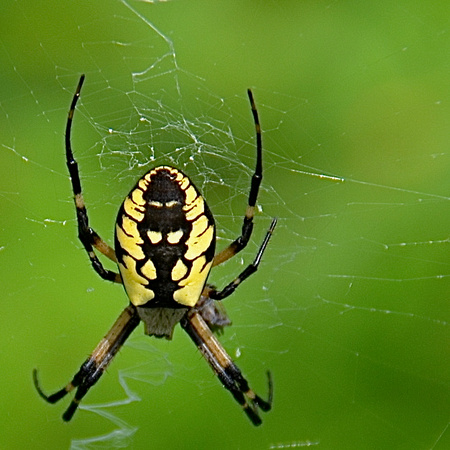I am a Flâneuse!


Plainly there is a flâneur side to the photographer,
and if he is gifted with a methodical mind,
he can use it to put together a sort of repertoire…*


Flâneur (masc.) and Flâneuse (fem.) — French term coined in the nineteenth century to denote a person given to aimlessly sauntering, strolling, wandering; someone with a keen eye who walks around not doing anything specific other than watching. I am definitely a Flâneuse. Not sure about the keen eye bit, but a fabulous word, non?
When I was first nominated for, and eventually accepted for membership in A&L, a host of existing members were opposed on the grounds of my lowly level of education and based upon their premise that photography is not “real” art. Instant chip on my shoulder which, I confess, I carried for many years, until I read:
The debate over the place and rank we should confer to photography among the plastic arts has never concerned me, because this problem of hierarchy has always seemed to me purely academic in essence.*
[Plastic Arts refers to the visual, rather than performing arts - drawing, painting, sculpture, ceramics, and photography.]
Ever since, I’ve done my level best not to give the ranking of photography too much mind, because this problem of hierarchy has always seemed purely academic in essence. Until this week, that is, when all A&L members have been tasked with writing about our art and any progress/changes/improvements/projects/accomplishments we’ve enjoyed during the past year. Now I’m bracing anew for another barrage of passive-aggressive comments to the effect that photography is not real art.
Photography has become the new universal language, understood by people from all over the globe. Imagine the dynamism! Imagine the scope, the potency and the influence this language possesses, the stories it can tell - all without words! Cameras — DSLRs, Mirrorless SLRs plus cell phones, drones and surveillance cameras — are everywhere, all the time. No matter where you are, look around, at least one person is sure to be snapping a picture or recording a video, the lion’s share of which end up on socials. It’s fair to say that the primary purpose of most of those images is to share, document and diarise life experiences — the treasured moments that sustain us through the good times and the bad.
The semi-professional and amateur enthusiast photographers amongst us are constantly striving to hone their niche-oriented (street/wildlife/landscape/portrait) photographic skills. Whenever they raise their viewfinders to their eyes, their one goal is to create a piece of meaningful art that preserves forever, the ephemeral moment in front of the lens.
To photograph is to hold one's breath, when all faculties converge to capture fleeting reality.
It's at that precise moment that mastering an image becomes a great physical and intellectual joy.*

 “One box. One lens.”
“One box. One lens.”
When I was a student at NYFA, and in order to stimulate our imaginations and creativity, Dr. Barrett loved giving us the one box, one lens rule on an assignment involving multiple subjects and locations - day/night and indoor/outdoor and macro/landscape. At first, we all robustly hated those assignments but over time they actually became enjoyable. Theory being - with no technical options, the photographer is forced to find creative solutions to capture the assigned images. Less gear means more ingenuity and resourcefulness leading, hopefully, to improved artistry. Or, as famed Californian photographer Peter Adams once famously wrote:
A camera didn’t make a great picture any more than a typewriter wrote a great novel.
The “less is more” theory of camera equipment has been the biggest change in my work this year. Coping with my health issues, I’ve had to pare down the amount and weight of the gear I take with me on each outing, resulting in a huge change for me, a change I always swore I’d never make: I switched from Nikon to Canon. Gadzooks! I now have a mirrorless camera that weighs almost nothing, and a “walking-around” lens with decent range — a Canon 100-400mm, also super-lightweight. No longer do I lug around my two favourite (and heavy) boxes — a full-frame and a crop-sensor. No longer do I haul around a huge camera bag containing multiple lenses. Big Pappy (my beloved 800 mm) now stays at home, occasionally “travelling” out onto our balcony in search of really tight bird shots. My tripods are redundant with the new gear. My outings are now just me and my camera/lens, slung over my shoulder by its strap. The change has been liberating in so many ways.
My newest venture is a partnership with two naturalists whose jobs entail outreach programmes in the local elementary school science classes. My current assignment is spiders, bees, butterflies, moths, dragon/damselflies and especially, bugs - any colour, any size, creepy-crawlies or fliers. Right up my alley! Nothing makes the Flâneuse in me happier than mooching about in a marsh, on a creek bank, or in the woods in search of wildlife or recently, “bugs”. I’ve already collected decent images of about 200 species, all with my new “one box, one lens” approach and I agree with Henri - mastering an image really is a great physical and intellectual joy!

 The venomous Black and Yellow Garden Spider (Argiope aurantia).
The venomous Black and Yellow Garden Spider (Argiope aurantia).
Their venom is harmless to humans.
They have an additional claw on each foot to help them spin their massive silky webs.
I am definitely one of the luckiest ones! On every step and at every twist and turn along my photography path I’ve had incredible people to teach me, to guide me, to encourage me and to love me. Even - on occasion - to praise my efforts. This Flâneuse feels ever so grateful every single day.
’Til next time, y’all…
*Henry Cartier-Besson, The Mind’s Eye.